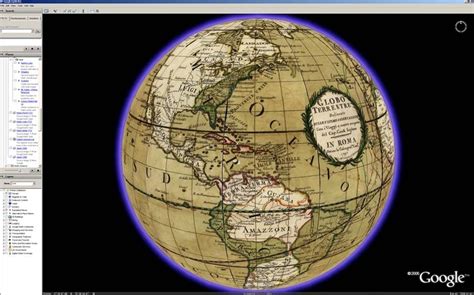BLOG
ブログ
BLOG
How To Use Historical Data For Crypto Trading Decisions
how to use Historical Data for Crypto Trading Decisions
The world of cryptocurrency has experienced rapid growth in recent years, with prices fluctuating wildly between day and night. In this article, we will explore how to use historical data as a trading tool to make informed decisions on the cryptocurrency market.
What is Historical Data?
Historical Data Refers to Past Trends, Patterns, and Statistics that can be used to inform future predictions about price movements. In the context of cryptocurrency trading, historical data can provide valuable insights into marketing, allowing traders to identify potential opportunities and avoid losses.
how to collect and analyze historical data
To use historical data effectively, you need a reliable source of information. Here are some ways to collect and analyze Historical Data:
- Trading Platforms : Most Major Cryptocurrency Exchanges Offer Apis
- Cryptocurrency databases : Websites like CoinMarketcap, Coingecko, and Cryptoslate Provide Comprehensive Historical Price Data for various cryptocurrencies.
- Historical Charts : Online platforms like TradingView, Thinkorswim, and Yahoo Finance Offer Interactive Charts that allow traders to visualize and analyze historical data.
Types of Historical Data Used In Cryptocurrency Trading
- Price History : The closing price of a cryptocurrency at the end of each trading day.
- Volume : The number of transactions made on a particular exchange or platform over time.
- Trading Volume : Total Volume Traded in a Specific Period, Including Buy and Sell Orders.
- Open Interest : The total amount of outstanding contracts for a given cryptocurrency.
how to use Historical Data to make trading decisions

- Identify trends : look for patterns in price movements and identify trends that may indicate a potential reveral or continuation of the trend.
- Analyze Technical Indicators : Utilize Technical Indicators Like RSI (Relative Strength Index), MACD (Moving Average Convergence Divergence), and Bollinger Bands to Gauge Market sentiment and momentum.
- Monitor Market Sentiment : Analyze Social Media, News Articles, and Online Forums to Gauge Market sentiment and identify potential price movements.
- Adjust positions : based on your analysis of historical data, Adjust your trading positions in real-time to maximize profits or minimize losses.
Examples of Historical Data Used By Traders
- Identifying Overbought/Oversold Conditions : Analyzing RSI (14) and Bollinger Bands can help traders identify when a cryptocurrency is overbought or oversold.
- Spotting Trends : Using Historical Price Data, Traders Can Spot Trends in Price movements to predict future price action.
- Identifying breakout and breakdown patterns : Historical Data can be used to identify patterns that may lead to price breakthroughs or breakdowns.
risks and limitations
- Information Overload : with so much historical data available, it can be overwhelming to navigate the information landscape.
- Lack of Context : Without proper context, historical data can be misinterpreted or misused.
- Data Quality issues : Poor data quality or incomplete records can lead to inaccurate analysis.
Conclusion
Historical Data is a powerful tool for traders looking to make informed decisions on the cryptocurrency market. By collecting and analyzing relevant historical data, you can identify trends, patterns, and feeling that may influence future price movements. However, it’s essential to approach trading with caution and always consider multiple factors before making any trades.
